Hey, guys!
This is another unfinished story of mine. You may remember that I promised myself to dedicate this year to making up for lost time. My "Sonia and Kyiv Mini-sculptures Series" is one of them. I hope you enjoy the discoveries of this little lady.😊 And I'll tell you a secret - I learn with her, too.
Lost and Found
It began in February 3 years ago. When Nick, Sonia and I went in search of the "Chain Bridge" bronze mini-sculpture for our collection. This mini-sculpture is located far from the all others, at the entrance to a business center facing a highway that has a lot of traffic on any day/time of week. It is very inconvenient to go there by public transport. Going by car is faster but it's far enough from my home so I planned the route in such a way as to close other tasks nearby. On that day, the closest "task to do" was visiting a particular store in the shopping mall where I was looking for a winter coat for my daughter Nat. I rarely do it, when she has no time or money or a good selection in her town.
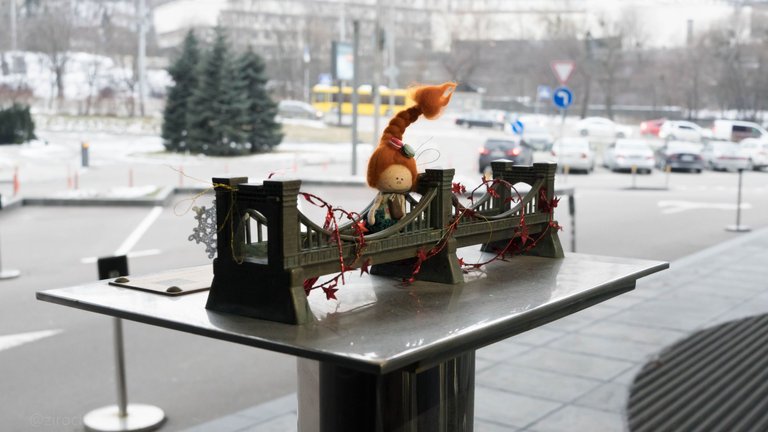
Sonia's photo session took no more than 5 minutes. We looked for a free parking slot for the car even longer. Then we got back into the car and drove across the Dnipro River to the River Mall on the left bank. The shopping mall had multi-level parking, and again, it took more time to drive in and out than the purchase in the store. And only when all was done...
"Where is Sonia? Did you take her?" - I asked Nick.
"No, and you?"
OMG. What a shame! We rushed back, and it seemed that we were moving very slowly and time itself slowed down.
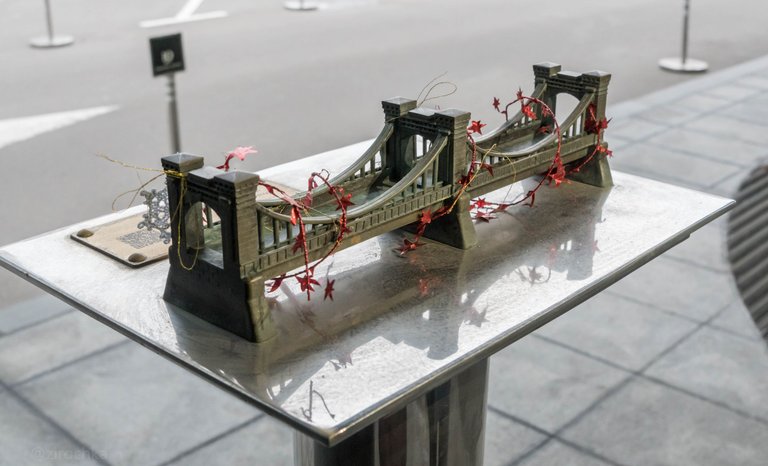
Sonia was exactly where we left her. Where I left her! My poor thing. Luckily, it was Saturday, a non-working day for a business center and this is why no one saw or adopted her or called the police.😃

This could be the end of the story. Or vice versa, only the introduction. So what is that bridge and why is it non-existent? BTW, this is not the first mini-sculpture that is dedicated to something that once existed in Kyiv.
The Nicholas Chain Bridge
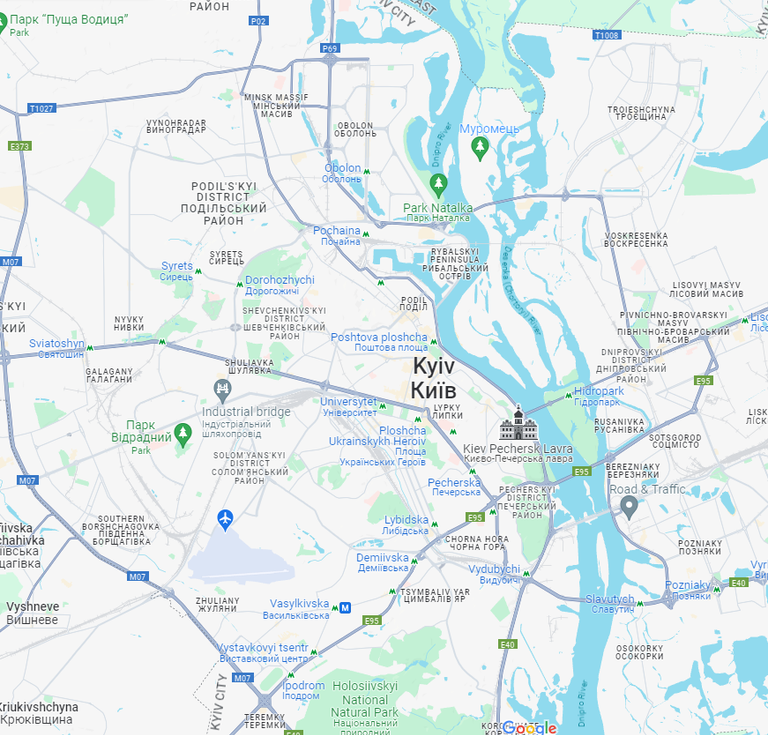
Bridges have always been a problem for Kyiv. Ancient Kyiv was founded on the right bank of the river. Its width near the city reaches more than a kilometer (at present time). In cold winter (winters were much colder back then), when the river was covered with thick ice, a special crossing was arranged, which functioned until the beginning of the spring thaw. To cross the river in the summer, the townspeople used the services of water carriers or a wooden bridge. During floods, the city remained detached from the left bank until the water receded.

But a big city needs reliable and constant communication. The stone Chain Bridge was built in 1853. The construction plan was personally approved by Emperor Nicholas I, so the bridge was named in his honor.
The bridge project belonged to the British engineer Charles Blacker Vignoles.
The metal structures of the bridge were manufactured in Birmingham.
The Governor General of Kyiv invited the famous British photographer John Cook Bourne to the opening. It was he who drew the sketch of the bridge designed for Kyiv back in 1847.
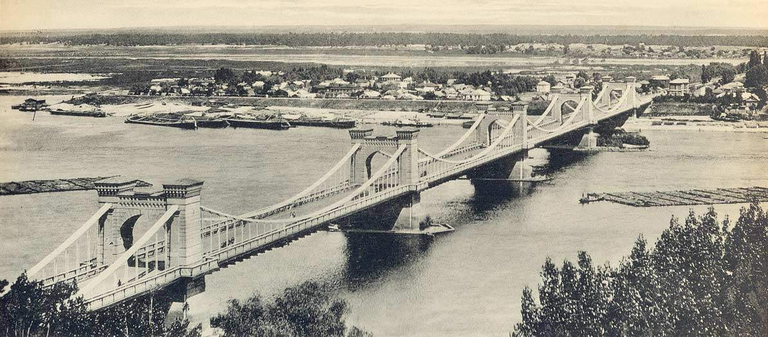
The bridge had 6 spans and was 776 m long and 16 m wide. It was one of the greatest architectural achievements of its time. A silver model of the bridge was exhibited in London at the World Exhibition of 1851. Truth to be said, it was very beautiful, in the English Gothic style. People often compared it to the Széchenyi Chain Bridge in Budapest. Many postcards with images of it have been survived.
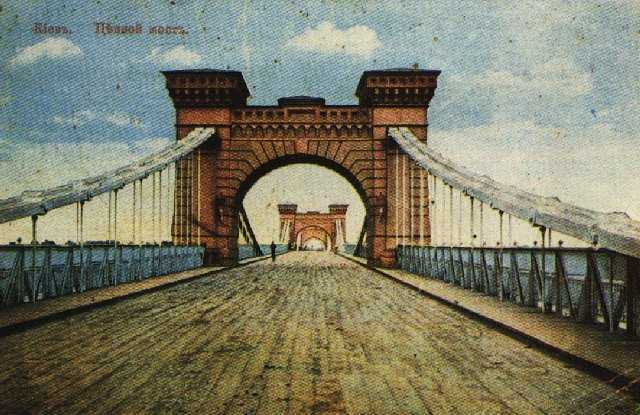
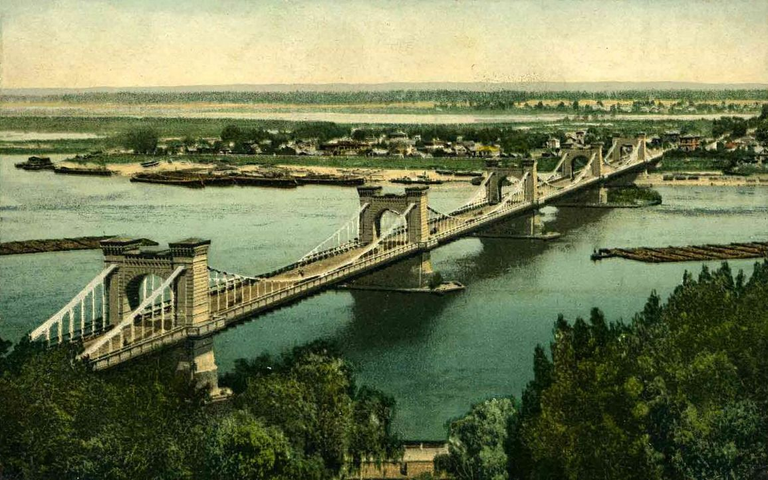
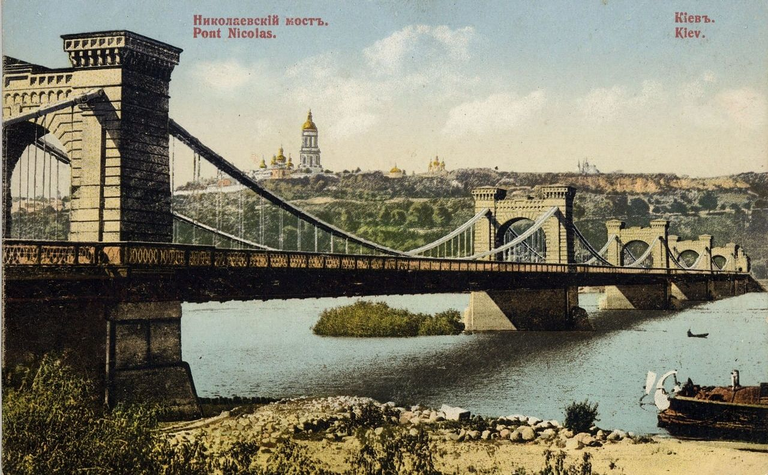
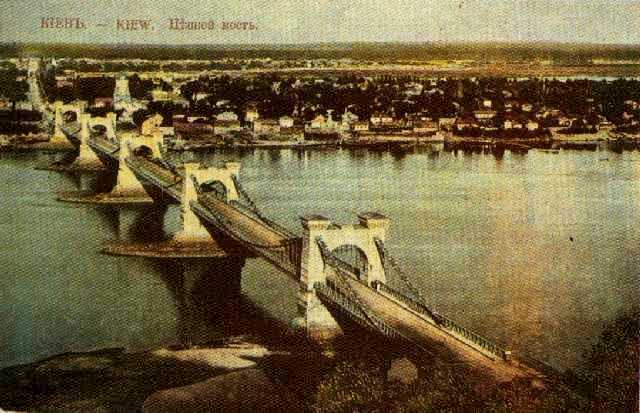
The bridge not only connected Kyiv with settlements on the left bank. It became part of a large pilgrimage route to the Kyiv-Pechersk Lavra.
By the way, there was a toll for crossing the bridge.
In 1889, the bridge was made drawable. At midnight, a separate part of it diverged to allow ships with masts to pass. This happened only in the spring when the water level rose.
In 1920, during the retreat of Polish troops from Kyiv, the bridge, which had become the hallmark of the city was blown up by the order of General Edward Rydz-Smiglo. They blew up the bridge support near the right bank, after which the broken chains dragged the entire structure with them.
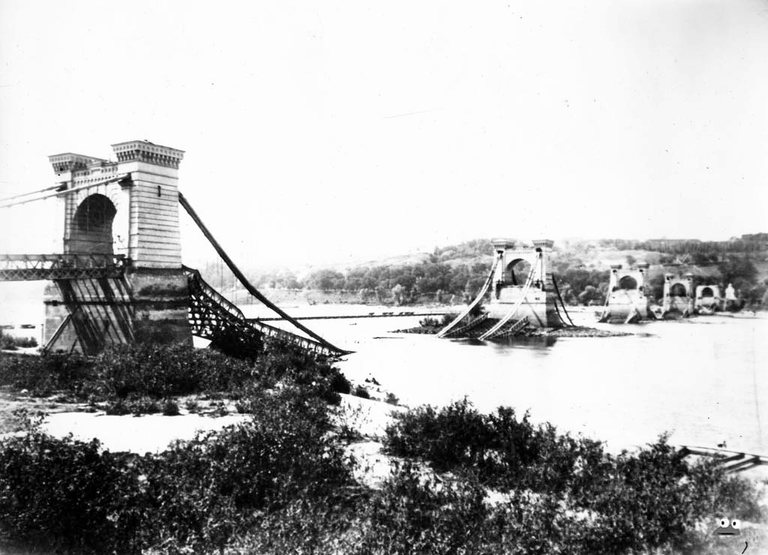
Eugene Paton
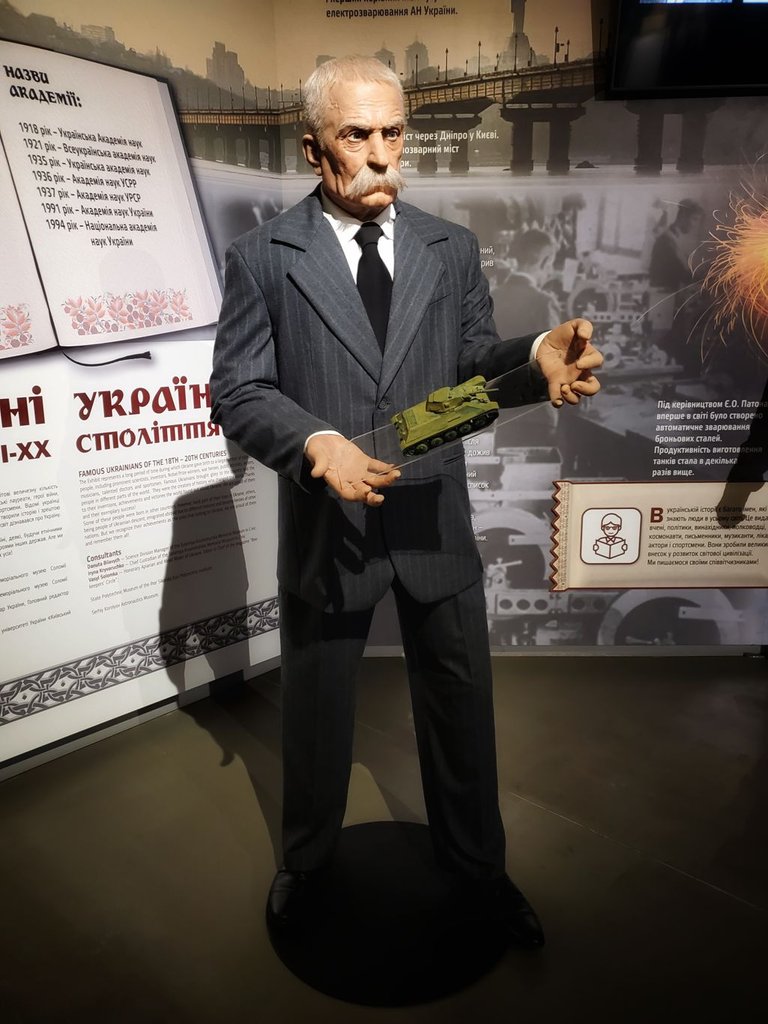
He was an outstanding engineer in the field of bridge construction and welding processes, the author of the "Paton Method" in welding. Many buildings and places in Kyiv are associated with the name of this distinguished family.
I took this photo in the "Making of the Ukrainian Nation Museum" which is located nearby and is highly recommended to visit. This is Eugene Paton. He is holding a tank. During WWII he developed technology and equipment for welding special steels, in particular, for tank towers.
So, a new bridge was built on the remains of the Mykolaiv bridge according to Paton's project in 1925.
Unfortunately, the life of this bridge was even shorter. In 1941, during the retreat of Soviet troops from Kyiv, all bridges across the Dnipro were destroyed.
In 2022, at the beginning of the great war, my friend who lives on the left bank of the Dnipro told me that when the Russians approached the city of Brovary, which is 10 minutes drive from the edge of Kyiv, she was much worried that the military authorities could decide to blow up the bridges over Dnipro. Fortunately, this did not happen this time.
Now some of the supports of the first permanent bridge in Kyiv remain under water. They are said to have been seen in 2010 during very low water levels. The Metro Bridge stands now almost in the place of the Chain Bridge.
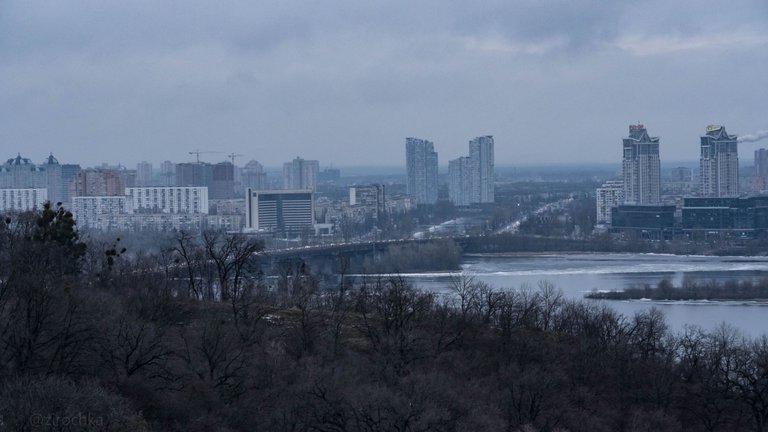
Another bridge across Dnipro was built in 1953 under Paton's direction and named after him. Back then, it was the first all-welded bridge in the world 1,543 meters long. Now it badly needs renovation.
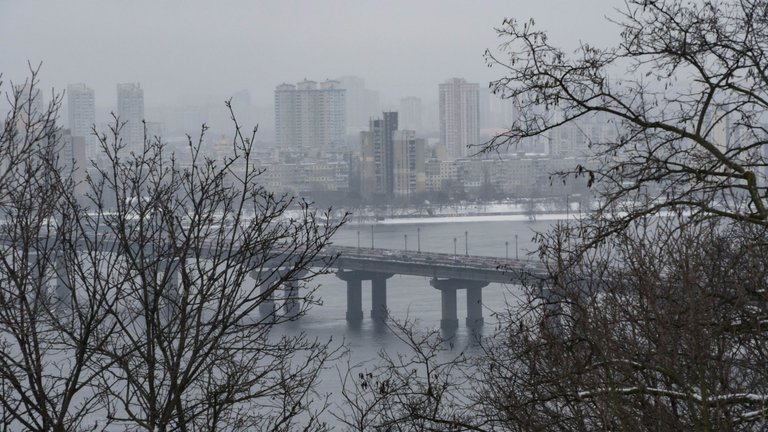
Paton Bridge is actually the closest one to the mini-sculpture. What else is here? The "Motherland-Mother" monument which construction was also possible thanks to "Paton's Method". And the highest flag of Ukraine. You can read more about the monument and the entire memorial complex in my post Walking Around Pecharsk Hills.
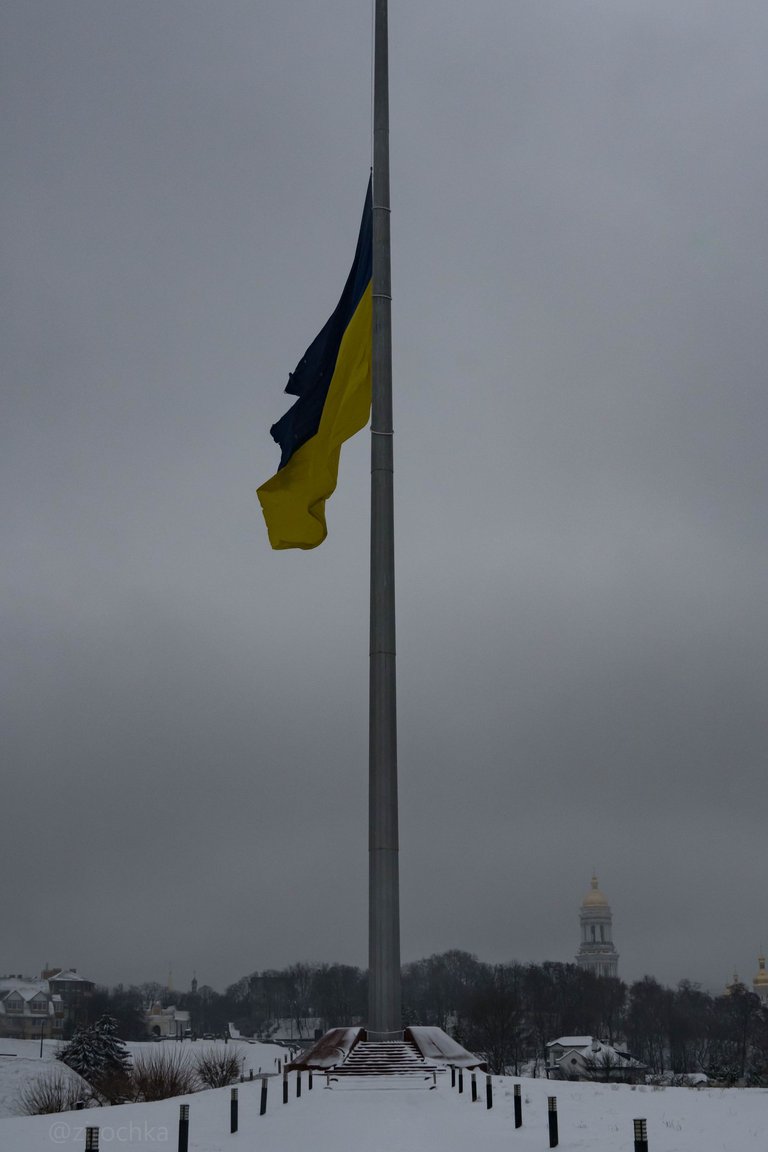 | 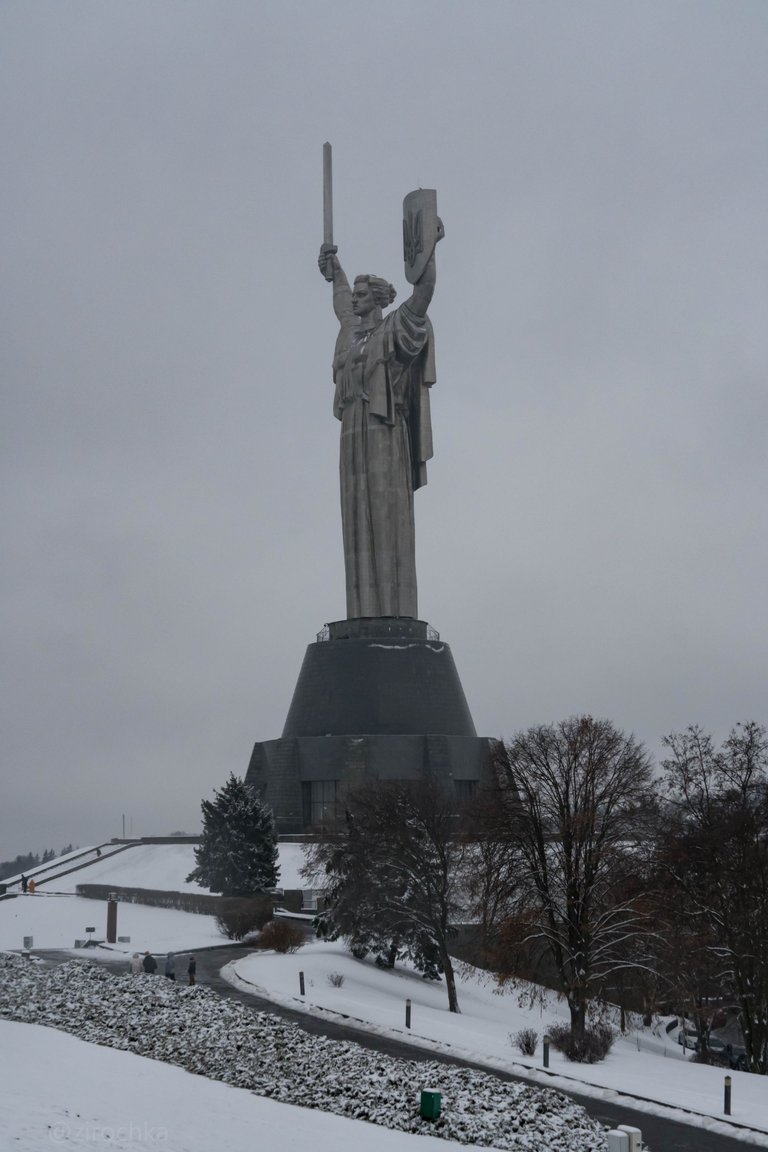 |
|---|
Modern Bridges
The issue of bridges is our pain. The area of Kyiv is 836 km², the population is 3 million. All this is served by 5 bridges over the river, which divides the city into two parts. Plus 1 rail bridge. Plus another longest, most expensive and still not functioning bridge.
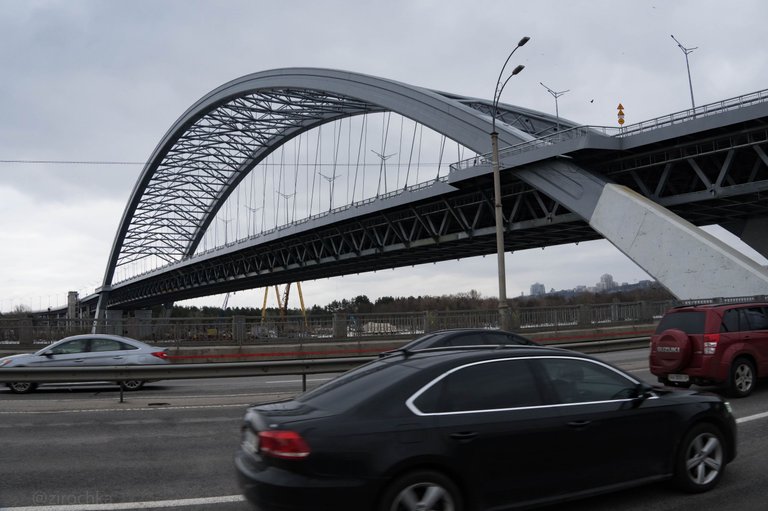 | 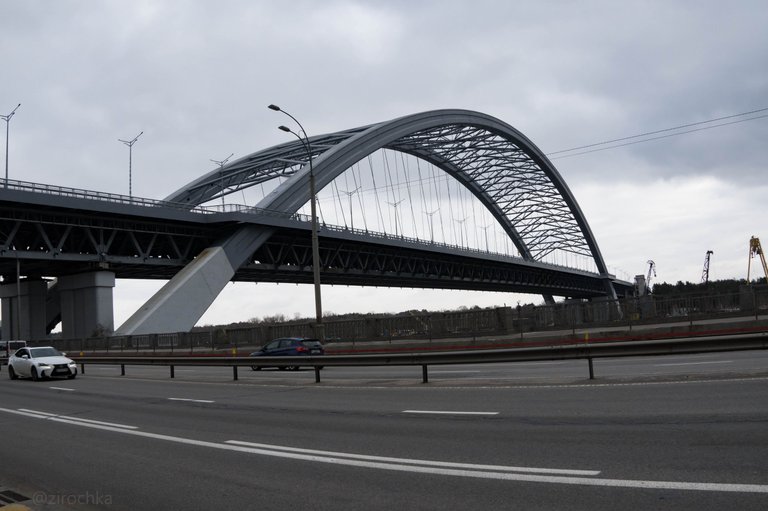 |
|---|
The latter was initiated 30 years ago. The bridge consists of two tiers - a 6-lane highway and a subway. It actually includes three bridges and has a length of about 10 km. Its construction began in 1993. Since then, the construction budget has been constantly increasing, deadlines have been postponed, and construction has become overgrown with scandals and criminal cases. Now is "officially" finished but still not working.
At the beginning of 2022, just before the Russian invasion, the TomTom company published a ranking of the world's cities with the most traffic jams for 2021. Kyiv then took 3rd place in the world. I remember this news, it was a little shocking even against the background of the news about the impending war. This year (according to the results of 2023), there is no data on Ukraine in the rating. But the traffic jams did not go anywhere, although they became smaller.
So what do we have at the moment of the ongoing war? A subway train runs on two bridges, and communal and private buses run on three. In the beginning, all but one bridge was closed for a couple of months. The city was empty anyway. Traffic was gradually opened on all but one bridge. Public transport stops during an air raid, only private transport and taxis operate, the prices of which immediately increase. This is a constant problem. When planning a visit to the left bank, you should keep in mind that getting out of there can be difficult.
I still hope that after the war this situation will improve. There's only one rule: Survive.
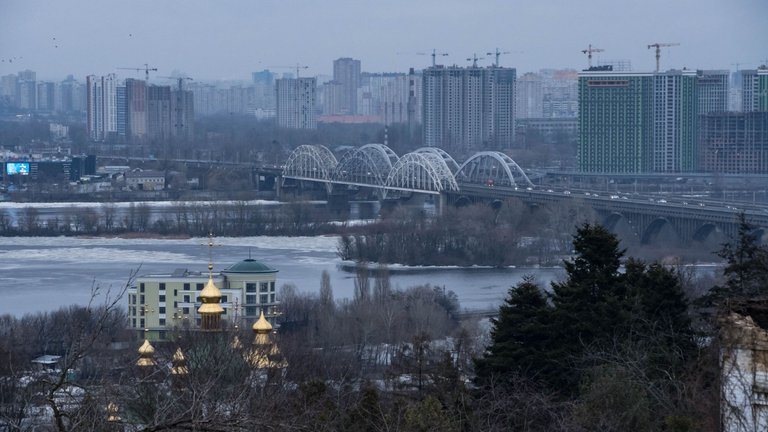

The End.
I appreciate your time and attention. Hope you enjoyed our virtual tour.
Cheers,

